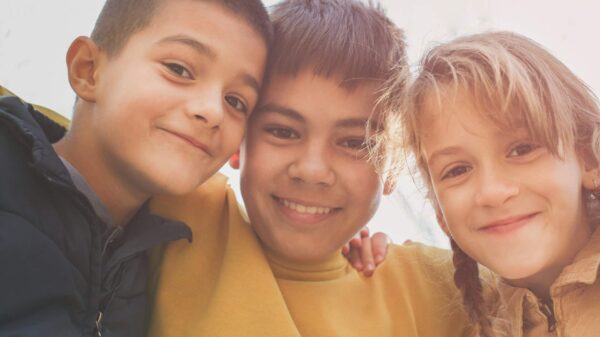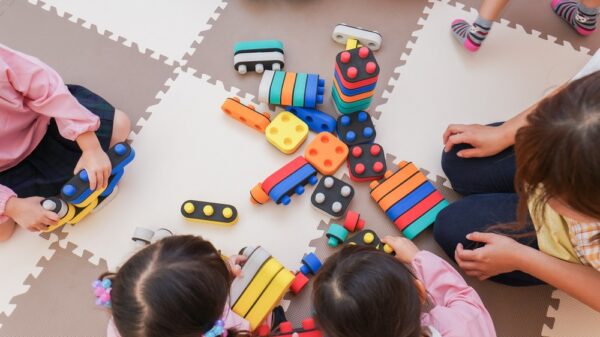My son has just wrapped up his first year of pre-K, a period filled with significant milestones—learning to write his name, counting to 200, and building friendships. However, perhaps the most essential lessons he gained concern social dynamics and how to navigate them. This past year, he encountered a classmate whose words would often hurt his sensitive feelings, leaving him upset. This made me reflect on an important question: Is it acceptable to teach my child that he doesn’t have to be friends with everyone? We’ve always stressed kindness and respect, but I found myself grappling with whether I was offering my son an “easy out” or genuinely encouraging him to establish healthy boundaries.
To gain some perspective, I consulted experts in child development and education. Sari Goodman, a parent coach and educational consultant, assured me that it’s completely normal to convey to children that they don’t have to be friends with everyone. “As a mom, teacher, and administrator, I discovered that kids need to determine who they connect with and who they don’t. While respect is important, the truth is that not everyone can be best friends,” she notes. This perspective resonated with me; after all, adults don’t form close bonds with every coworker either.
Next, I reached out to psychotherapist Amy Morin, who reiterated that it is not only acceptable but essential for children to be selective in their friendships. “When kids believe that everyone is a friend, they risk placing their trust in the wrong people, which may lead to heartbreak and unhealthy relationships down the line,” she cautioned. This made a lot of sense—teaching our kids to be discerning is ultimately a way to shield them from emotional distress.
Additionally, child psychologist Dr. Robyn Koslowitz pointed out that it is important for children to embrace kindness while acknowledging personal boundaries. “We want our children to be innately kind—that is essential. But being kind doesn’t mean they must share everything about themselves with everyone,” she clarified.
So, how do we guide our children through the intricate landscape of friendship and boundaries? Let’s face it: adults often find this challenging, so it’s vital to equip our kids with the right skills. Dr. Koslowitz recommends beginning by helping children learn about themselves. By grasping their preferences, they can more effectively identify who they connect with. “Think of it like this: Carrots and peanut butter are delicious separately, but combined? Not so much. Just as food pairings can clash, sometimes personalities just don’t click, and that’s perfectly fine. It’s not about being unkind; it’s simply chemistry,” she explains.
Teaching kids to express discomfort is also important. Encouraging them to articulate their feelings can lead to meaningful dialogues. “For instance, if a child pushes another during play, a constructive reaction might be, ‘I don’t like it when you invade my personal space.’ If the other child replies, ‘I had no idea! I’ll stop,’ that’s a strong foundation for a friendship. However, if the unwanted behavior continues, it signals a need to step back—creating space for healthier relationships,” she noted.
Experts agree that even young children can grasp these lessons, but they become increasingly important as kids move into elementary school, where social interactions become more complex. “During recess and lunchtime, they’ll need to differentiate between classmates and true friends,” Morin explained.
One effective strategy is to highlight desirable friendship qualities. “Talk about what makes a good friend—like kindness, sharing, helpfulness, and communication. Encourage your child to seek these traits in others,” Morin advises.
Lastly, discussing interpersonal interactions can take various forms. Some experts might stress kindness, while others may focus on respect, but the essential part is to define how these values manifest in real-world scenarios. “Promote acts of kindness, such as smiling or greeting classmates, while distinguishing that deeper relationships are reserved for true friends—like confiding in them or asking for assistance,” Morin elaborated.
Using visual aids can also be helpful. Drawing concentric circles on paper can illustrate who belongs in their inner circle versus those who are more casual acquaintances. Teaching them that not every relationship must run deep can relieve some of the pressure they feel regarding friendships.
Navigating friendships can be complex, but by helping our children understand their preferences and set healthy boundaries, we prepare them for uplifting and rewarding social interactions.
Image Source: Unsplash
























